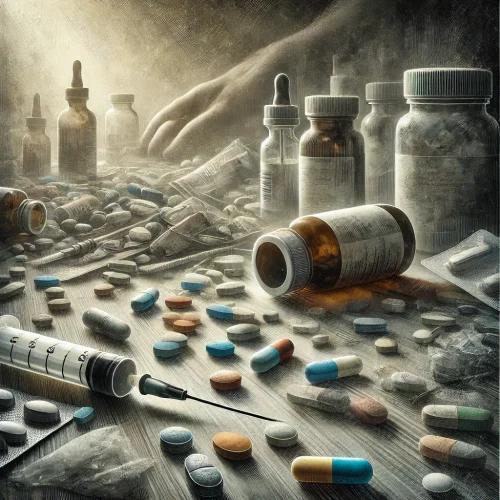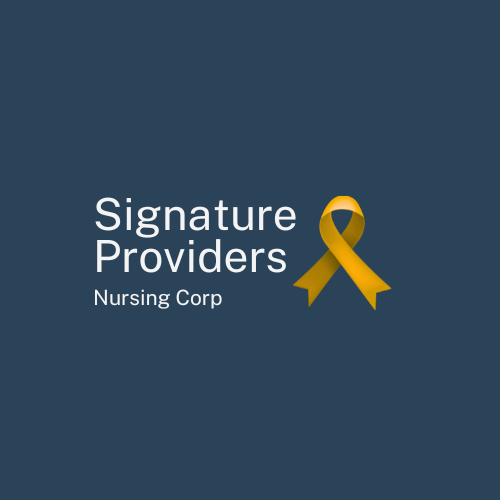
Substance abuse, also referred to as substance use disorder (SUD), is the harmful or hazardous use of psychoactive substances, including alcohol, prescription medications, and illicit drugs. It involves a pattern of use that leads to significant impairment or distress, such as health problems, difficulties at work or school, and strained relationships.
Symptoms of Substance Abuse
Substance abuse is marked by a combination of behavioral, physical, and psychological signs:
- Inability to control substance use despite harmful consequences.
- Intense cravings for the substance.
- Developing tolerance (needing more of the substance to achieve the same effect).
- Withdrawal symptoms when not using the substance.
- Neglecting responsibilities at work, school, or home.
- Continued use despite awareness of the harm caused.
Commonly Abused Substances
- Alcohol
- Opioids (e.g., prescription painkillers, heroin).
- Stimulants (e.g., cocaine, methamphetamine).
- Cannabis
- Sedatives and Anxiolytics (e.g., benzodiazepines).
Causes and Risk Factors
Substance abuse arises from a complex interplay of genetic, psychological, and environmental factors:
- Biological: A family history of addiction increases susceptibility.
- Psychological: Co-occurring mental health disorders like anxiety or depression.
- Environmental: Stressful life events, peer pressure, or exposure to substance use in early life.
Treatment Options for Substance Abuse
Effective treatment for SUD is holistic and tailored to an individual’s needs, encompassing both medical and psychosocial approaches:
- Detoxification (Detox)
- The first step, focusing on safely managing withdrawal symptoms.
- Often requires medical supervision in severe cases.
- Medications
- Medications like methadone or buprenorphine for opioid use disorders, and naltrexone or acamprosate for alcohol dependence, can reduce cravings and prevent relapse.
- Behavioral Therapies
- Cognitive Behavioral Therapy (CBT): Helps patients identify and change patterns of substance-related thoughts and behaviors.
- Motivational Interviewing (MI): Builds intrinsic motivation for recovery.
- Rehabilitation Programs
- Inpatient Rehab: Structured programs providing intensive care in a residential setting.
- Outpatient Rehab: Offers flexibility for individuals to continue working or attending school while receiving treatment.
- Support Groups
- Groups like Alcoholics Anonymous (AA) or Narcotics Anonymous (NA) provide peer support.
- Family therapy can address relational dynamics and improve recovery outcomes.
- Holistic and Lifestyle Approaches
- Incorporating physical activity, mindfulness, and healthy nutrition supports long-term recovery.
When to Seek Help
If substance use interferes with daily life or leads to physical, emotional, or social problems, seeking professional help is crucial. Early intervention can prevent worsening of the condition and improve outcomes.
Conclusion
Substance abuse is a treatable condition, and recovery is possible with the right support and care. The journey may be challenging, but help is available, and reaching out is the first step toward a healthier, more fulfilling life.
If you have a medical or psychiatric emergency, please call 911. If you are feeling suicidal or need immediate assistance, please call the National Suicide Prevention Line at: 1-800-273-8255 or 9-8-8.

